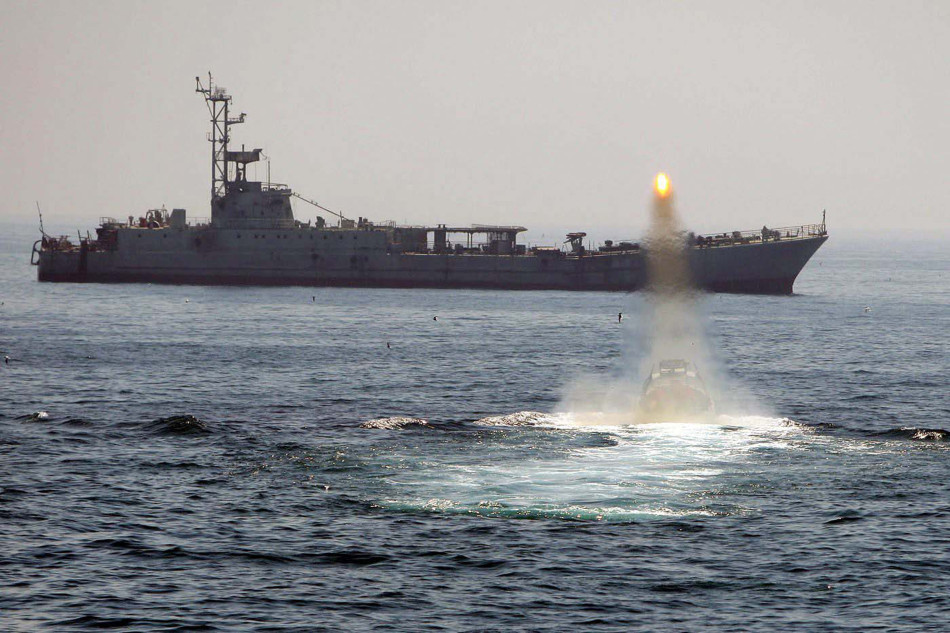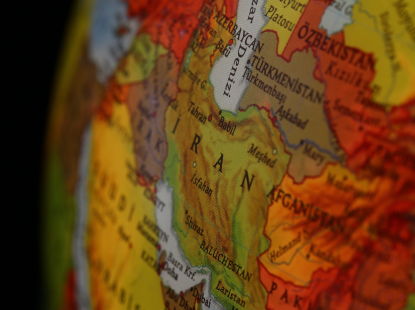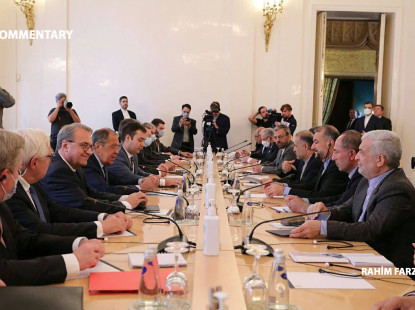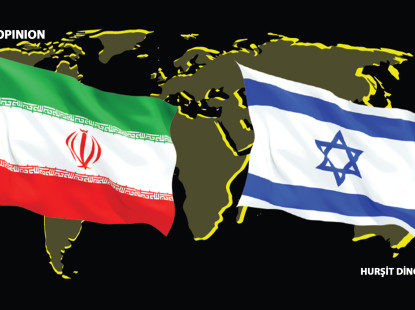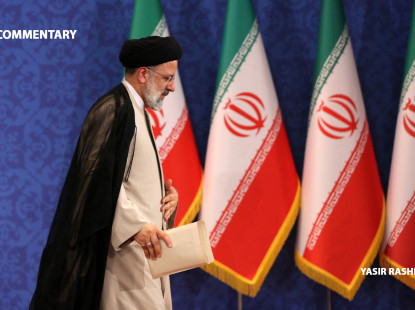You can change the font size of the text by pressing the + and - buttons.
IRGC Navy’s Harassment of U.S. Warships in the Northern Gulf: Intel Analysis
22/04/2020
Facts
- Eleven IRGC Navy vessels conducted an “unsafe and unprofessional interaction” with U.S. Naval Forces in the Northern Gulf near Kuwait on Wednesday, April 15, the US Navy stated.
Video of #IRGCN vessels conducting dangerous & harassing approaches on U.S. naval vessels in the international waters of the North Arabian Gulf. pic.twitter.com/zL9VKQ0eiQ
— U.S. 5th Fleet (@US5thFleet) April 15, 2020
- The U.S. warships were involved in a military exercise with U.S. Army Apache attack helicopters.
- At one point, the Iranian vessels came within 10 yards of the US Coast Guard cutter Maui, the U.S. Navy stated.
- The U.S. 5th Fleet stressed that the U.S. naval forces "will remain vigilant". "They are trained to act professionally, but our officers have the right to act in self-defense," the statement warned.
- Tehran’s official reaction to the U.S. Navy’s statement was “denial.” Iranian Defense Minister Amir Hatami said the “illegal and aggressive” American presence in the Gulf is the cause of insecurity in the region.
- In a statement issued on Sunday, the IRGC accused the US of giving an “untrue, purposeful, and Hollywood-style” description of the event. The Revolutionary Guards also called for full withdrawal of all American forces from the Gulf and West Asia.
- In contrast with the official statements, the IRGC-affiliated Mashregh News Agency confirmed the harassment incident and described it as "a decisive message from the Revolutionary Guards to the CENTCOM terrorists in the Persian Gulf."

Approximate Point of the Incident in the Northern Gulf
Context
- The incident came a day after the IRGC personnel temporarily seized the Hong Kong-flagged SC Taipei tanker in the Gulf of Oman.
- Since the 1980s, there have been sporadic and sometimes hostile interactions between Iranian and U.S. naval forces in the Gulf. In January 2016, two U.S. Navy river command vessels with ten crew members on board were detained by the IRGC navy after they entered Iranian territorial waters near Farsi Island.

In a massive propaganda campaign, Iran portrayed the detention of the American crew as a sign of its “naval superiority” in the Gulf
- While such incidents have occurred sporadically in the past, they have largely ceased in recent months, and this incident comes at a time of heightened levels of tension between the two countries.
- According to the Mashregh News Agency, in late March, the U.S. Navy conducted a naval drill in coordination with aerial units and the Apache attack helicopters. The agency added that the naval exercise was a preparation for a conflict scenario with Iran, which countering an IRGC speedboat swarm attack was simulated.
Military-Political Analysis
- Examining the military details demonstrates that the IRGC was not seeking conflict and merely intended to provoke media attention: the lighter classes Seraj-1 speed boats were selected, a class which is armed with one machine gun (DShK) and a six tube rocket launcher. In the case that the IRGC wanted to pose a real threat to the US ships, it would have used classes of attack boats armed with anti-ship missiles.

The IRGC Navy used its lighter class Seraj-1 gunboats which are not armed with anti-ship missiles
- These actions may well serve for domestic consumption in order to distract the public’s opinion from the Covid-19 crisis. People in Iran have criticized their authorities' late and unprofessional response to the pandemic.
- Iran has the ability to engage U.S. forces “indirectly” through its proxies in Iraq. However, the IRGC Navy is not capable of countering the U.S. naval power in the Gulf. Given the capability of the U.S. Navy, it could counter the harassment of the IRGC boats and if needed, neutralize them. As for this incident, U.S. warships had the Apache attack helicopters on board and could effectively target the Iranian gunboats.
- The United States' non-reaction signals that it currently does not want to escalate the conflict. However, if these types of incidents are repeated and the IRGC persists in undermining the U.S. deterrence, it could trigger severe American retaliation.
- Tags:
- Gulf
- U.S. Navy
- IRGCN
- Iran-US tension
